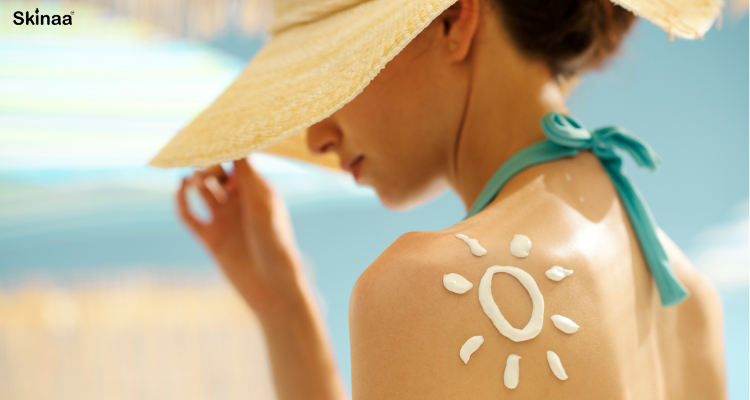Sunscreen is your skin's best friend when it comes to protection against the harmful effects of the sun. Many of us know that SPF (Sun Protection Factor) is important, but using it correctly can make a huge difference in how well it protects your skin. This guide will walk you through the essentials of using SPF properly to ensure that you get the best possible protection from the sun.
Understanding SPF
SPF stands for Sun Protection Factor, and the number beside it tells you how well the sunscreen can protect your skin from UVB rays—the kind that cause sunburn. For example, if you use a sunscreen with an SPF of 30, theoretically, it takes 30 times longer for your skin to burn than it would without any sunscreen.
Broad-Spectrum Protection
It’s not just UVB rays you need to worry about. UVA rays penetrate deeper into the skin and are primarily responsible for aging and long-term damage. For comprehensive protection, use a sunscreen labeled "broad-spectrum," which guards against both UVA and UVB rays.
How to Use SPF Properly
1. Choose the Right SPF
For everyday use, choose a sunscreen with at least SPF 30. If you'll be outdoors for an extended period, especially between 10 a.m. and 4 p.m. when the sun is strongest, use SPF 50 or higher.
2. Apply Enough Sunscreen
Most people don’t use enough sunscreen, which reduces its effectiveness. A good rule of thumb is to use about a shot glass full (two tablespoons) of sunscreen to cover your body and a nickel-sized dollop for your face. Make sure to cover all exposed skin, including the back of your ears, neck, hands, and feet.
3. Apply Sunscreen Before Going Outside
Sunscreen needs time to start working. Apply it to your skin at least 15 to 30 minutes before you go outside. This gives it enough time to form a protective layer.
4. Reapply Regularly
Sunscreen wears off, especially if you’re sweating, swimming, or toweling off. Reapply every two hours or immediately after swimming or sweating heavily. Even if you’re using water-resistant sunscreen, it’s crucial to reapply as directed on the label.
5. Don't Forget Cloudy Days
Up to 80% of the sun’s UV rays can pass through clouds, so wearing sunscreen on cloudy days is just as important as on sunny ones. UV exposure can occur even in the shade or while you’re in the water, as UV rays reflect off surfaces like water, sand, and concrete.
6. Protect Yourself in Other Ways
While sunscreen is vital, other protections can help minimize sun damage:
-
Wear Protective Clothing: Long-sleeved shirts, pants, and wide-brimmed hats offer additional protection.
-
Use Sunglasses: Protect your eyes with sunglasses that block 99% to 100% of UV radiation.
-
Seek Shade: Whenever possible, stay under cover during peak sun hours to reduce your UV exposure.
Proper sun protection is a key part of maintaining healthy skin and preventing sunburn, premature aging, and skin cancer. By choosing the right sunscreen, applying it generously and frequently, and taking additional protective measures, you can enjoy the sun safely. Remember, sun protection is a daily necessity, not just for beach days or summer vacations. Make it a part of your everyday routine to keep your skin healthy and beautiful year-round.


